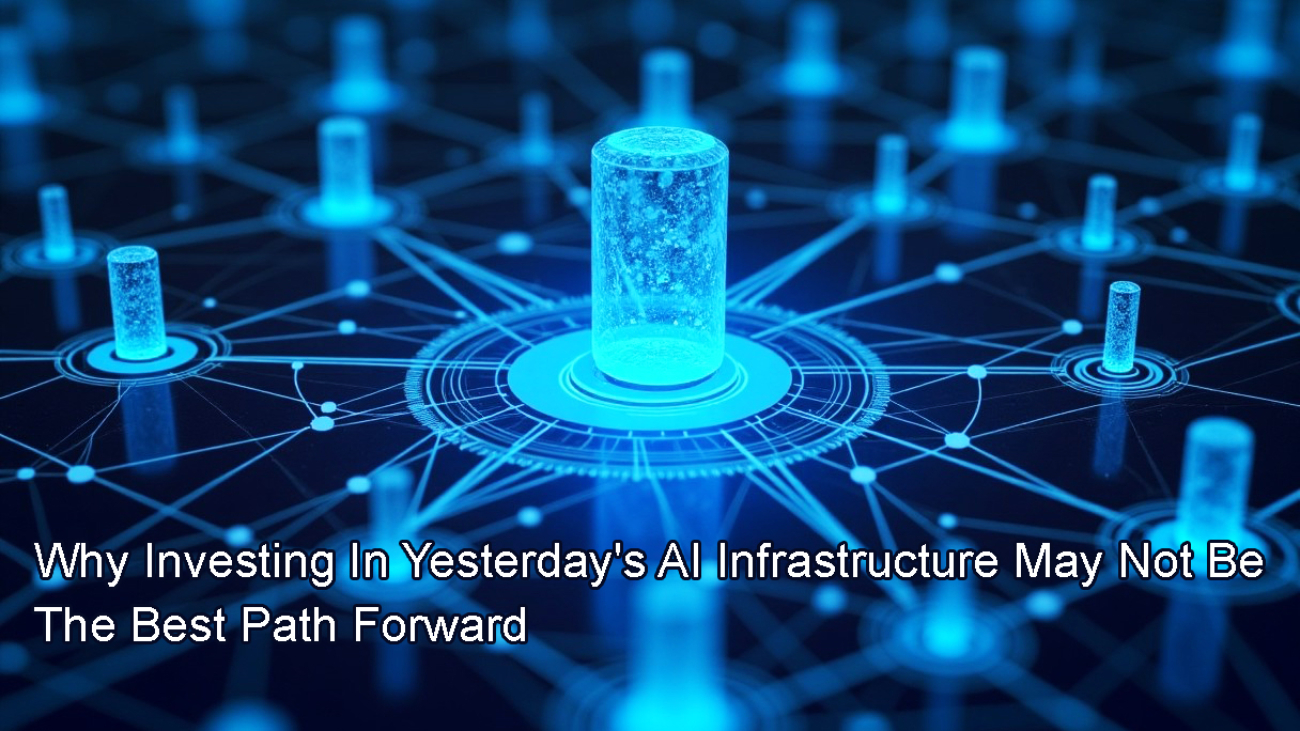The AI landscape is undergoing a seismic shift. Once dominated by tech giants with their massive budgets and sprawling research labs, the field is now witnessing the rise of nimble startups like DeepSeek, a Chinese AI company that is challenging the very foundations of the industry.
Liang Wenfeng’s Uncharted Depths: Surprising Revelations About the Founder of DeepSeek
Liang Wenfeng, a name that might not be familiar to the average person, recently found himself in the spotlight. This young entrepreneur, the founder of DeepSeek, an innovative AI company, was invited to speak at a symposium presided over by Chinese Premier Li Qiang. This unexpected recognition underscores the profound impact Liang and his company have had on the global AI landscape.
The Stargate Project: A Bet on Yesterday’s Technology?
The recent announcement of Stargate, a $500 billion investment in AI infrastructure by a consortium led by OpenAI, SoftBank, and Oracle, has sent shockwaves through the tech world. While the promise of 100,000 new jobs and accelerated AI development is alluring, a closer look reveals a potential misstep. This massive investment in today’s dominant technology risks mirroring the past, where reliance on outdated infrastructure stifled innovation.
Revolution Ignited: How 2 Nobel Prizes Greatly Validate AI’s Impressive Growth
n a historic moment that will be etched in the annals of time, the Nobel Prize committee has awarded not one, but two prestigious prizes to pioneers in the field of Artificial Intelligence (AI). John Hopfield and Geoffrey Hinton, the trailblazers behind the groundbreaking work on AI, have been honored with the Nobel Prize in Physics.
The Astounding Brain-Computer Breakthrough: The Power of Neural Telepathy with BCIs
Imagine a world where humans harness the revolutionary power of neural telepathy with brain-computer interfaces (BCIs). A world where the boundaries of human connection are redefined, and the impossible becomes possible.
Revolutionizing AI: Breaking Free from the Shackles of Inefficiency, Unsustainability, and Excess
The recent news of OpenAI’s potential $6.5 billion funding round at a valuation of $150 billion has sent shockwaves through the tech industry. The startup behind ChatGPT, a pioneering AI chatbot, is being hailed as a leader in the AI space, with many predicting that it will revolutionize the way we live and work. However, amidst the excitement, it’s essential to take a step back and examine the realities of the AI landscape.
Revolutionary Breakthrough: How Google’s Groundbreaking Bioacoustics Model is Transforming Disease Detection Forever
magine a world where a simple cough can reveal the secrets of your health. A world where the sounds of your body can be used to detect diseases, even before symptoms appear. Welcome to the future of healthcare, where Google’s innovative bioacoustics model is trying to change the game.
Genetic Legacy Gone Wrong: How Pavel Durov’s 100+ Biological Children Are at Risk of Inbreeding
The recent arrest and subsequent release of Pavel Durov, the enigmatic billionaire behind Telegram and VKontakte, has sent shockwaves through the business and tech communities. However, it is not just his detention that has raised eyebrows; his unconventional approach to family has sparked a heated debate about the ethics of genetic legacy. As a self-proclaimed sperm donor with over 100 biological children, Durov’s decision to open-source his DNA has raised questions about the practicality and morality of his actions.
The Rise of Small Language Models: Revolutionizing AI Accessibility and Efficiency for the Explosive Growth of IoT Devices
As the world of artificial intelligence continues to evolve, a new trend is emerging in the field of natural language processing (NLP): Small Language Models (SLMs). These compact models are designed to deliver high accuracy and compute efficiency, making them an attractive option for organizations with limited resources. Let’s delve into the world of SLMs, exploring their benefits, applications, and the innovative techniques used to harness their potential.
The Agonizing Wait: A Family’s Journey with Developmental Dysplasia of the Hip (DDH) and the Promise of AI-Aided Diagnosis
As I sat in the hospital waiting room with my wife, clutching our baby’s tiny hand, our minds were consumed by worry. The pediatrician’s suspicion of developmental dysplasia of the hip (DDH) had sent our family into a tailspin of anxiety. We couldn’t help but wonder: would our little one face a lifetime of mobility issues and chronic pain? The wait for the ultrasound results felt like an eternity.










